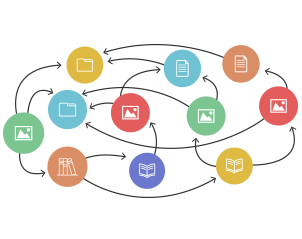Share your requirements and we'll get back to you with how we can help.
Thank you for submitting your request.
We will get back to you shortly.
Graph Database—When Relationships Matter!
Are exponential data growth and complex joins choking your application performance?

Key Features
- Human-friendly data visualization
- Data stored as graph structures
- Flexible schema
- High query performance on complex data structures
- Quick access to associative datasets
- Horizontal scaling
- Parallel querying by multiple users
- Inexpensive query operations through index-free adjacency
The Neo4j Advantage
- Scalable to billions of nodes and relationships
- Full support for ACID transactions
- Powerful query language—Cypher
- High availability
- Built-in algorithm to find the shortest path
Common Use Cases
Master Data Management
Graph databases are ideal for storing and exploring the hierarchies and complex relationships within the master data. They outshine traditional data management solutions with their modeling flexibility and capability for rich data visualization and analytics.
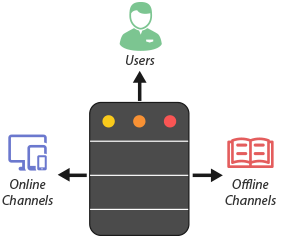
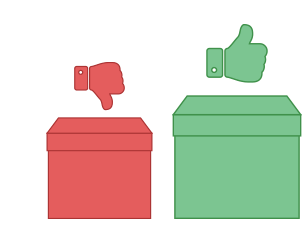
Recommendation Systems
Graph data models are used to identify customer preferences and provide recommendations based on those preferences.
Fraud Detection
From flagging unusual events to uncovering hidden patterns of activity, graph databases provide real-time support to the insurance and banking sector.
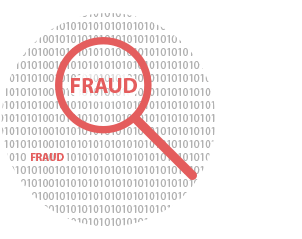
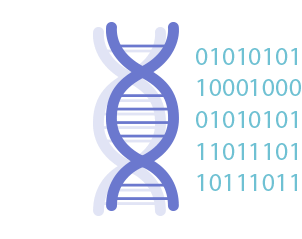
Bioinformatics
Genome analysis, the next frontier in bioinformatics, requires high throughput sequencing and analysis of annotated graphs, a requirement graph database efficiently fulfills.
IT Asset Management
Graph databases support an array of asset management needs—mapping inventory, managing assets, ensuring timely upgrades, and delivering high-network performance.
